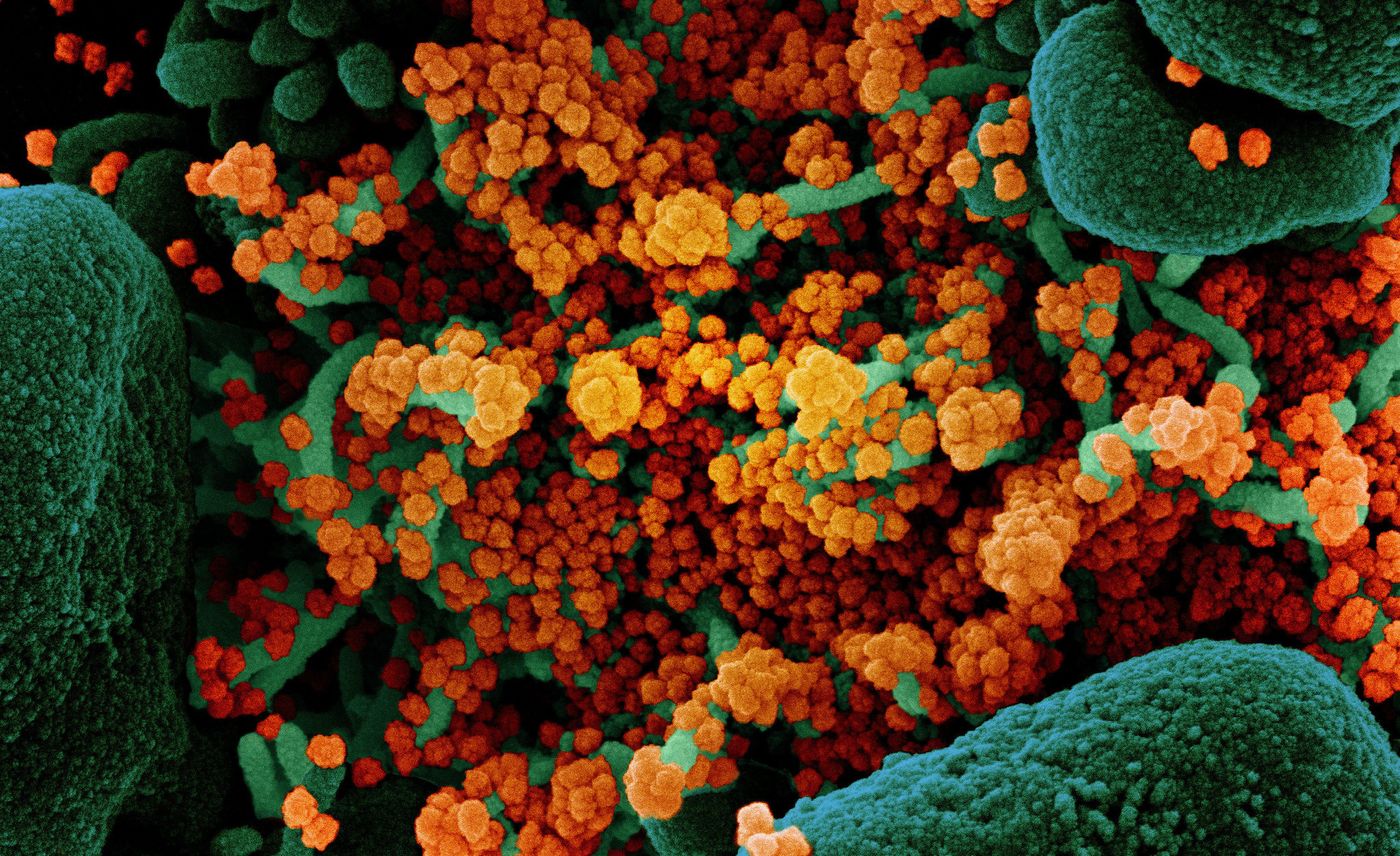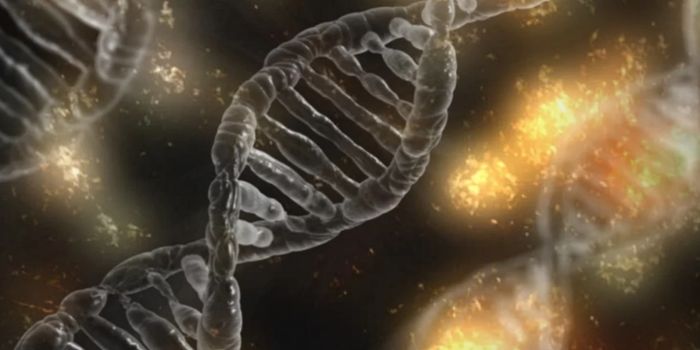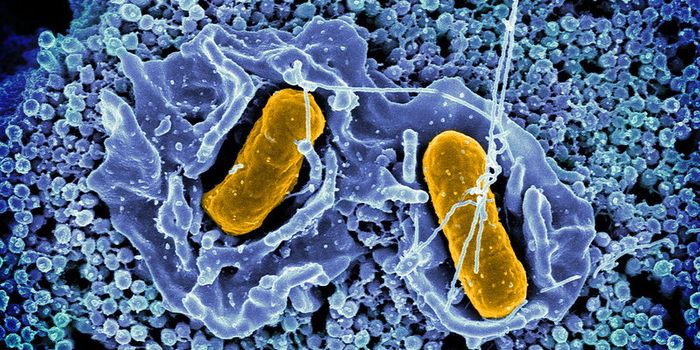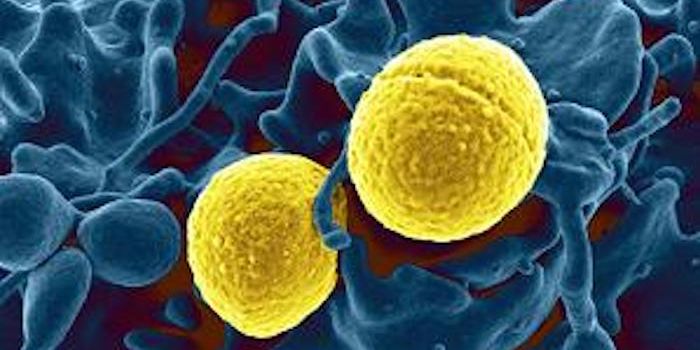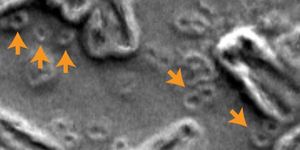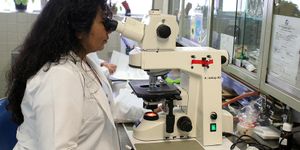A New, Infectious Strain of SARS-CoV-2 Emerges
The United Kingdom recently reported that it had detected a new variant of the SARS-CoV-2 pandemic virus, which causes COVID-19. This variant seems to spread more easily than the original, and since November it's been prevalent in southeast England and London. It's now estimated to account for about 60 percent of recent infections in London, according to the Centers for Disease Control and Prevention (CDC).
For now, the new strain is known as SARS-CoV-2 VOC 202012/01, indicating that it was the first variant that became a concern in December 2020. The SARS-CoV-2 virus generates a handful of proteins including the spike protein, which is how viral particles latch onto potential host cells. This new variant has a mutation in the spike protein, where instead of the amino acid asparagine, the protein now uses the amino acid tyrosine at position 501. There are other mutations in this variant as well, including a double deletion at positions 69 and 70.
It seems as though the modifications in the virus' spike protein will bind it more tightly to ACE2 receptors on host cells, which are known to be entry points for the virus. Once the spike protein attaches to the ACE2 receptor (on endothelial cells in the respiratory system), the membrane of the virus merges with the host cell membrane, and the viral genome is dumped into the cell. Then, the virus can take the host cell and its machinery over, and direct the cell to generate more viral particles, propelling infection.
While more work will be needed to confirm that this variant is indeed more infectious than the one we've become familiar with, there is currently no evidence to indicate that the virus causes more severe infection or worsens clinical outcomes.
The variant has also not yet been detected in the United States. However, the CDC noted that viruses from only about 50,000 of the 17 million COVID-19 cases have been isolated and sequenced, so it's entirely possible that we simply have not yet identified it.
There are several other mutations in the new variant; 14 of them result in amino acid changes, six are changes in the RNA genome sequence that don't affect the amino acid sequence, and there are three deletions. Some of these mutations have arisen spontaneously in other parts of the world, and in some cases have emerged and disappeared.
There are many potential outcomes due to these mutations. Some may not cause any major differences. In other cases, mutations may make diagnostic tests, treatments, or vaccines less effective. They may also make infections more or less severe.
While some experts have expressed concern that this new variant could potentially reduce the efficacy of the vaccines that are now being administered, most stressed that we don't have enough information to know right now. Currently, there is no indication that the vaccine won't protect as well against the variant. In such cases, it probably would not render the vaccine ineffective, but it might reduce the efficacy from 95 percent to 80 or 85 percent. It's still too early to know if that's the case for this new strain, however.
This finding indicates how important it is, especially now that vaccines have been developed, produced, and given to people, that we try to reduce the transmission of the virus. The more people the virus infects, the more opportunity it will have to mutate. It's been theorized that this new strain emerged in a patient with a weak immune system that could not fight the virus, which instead took the opportunity to mutate in different ways.
